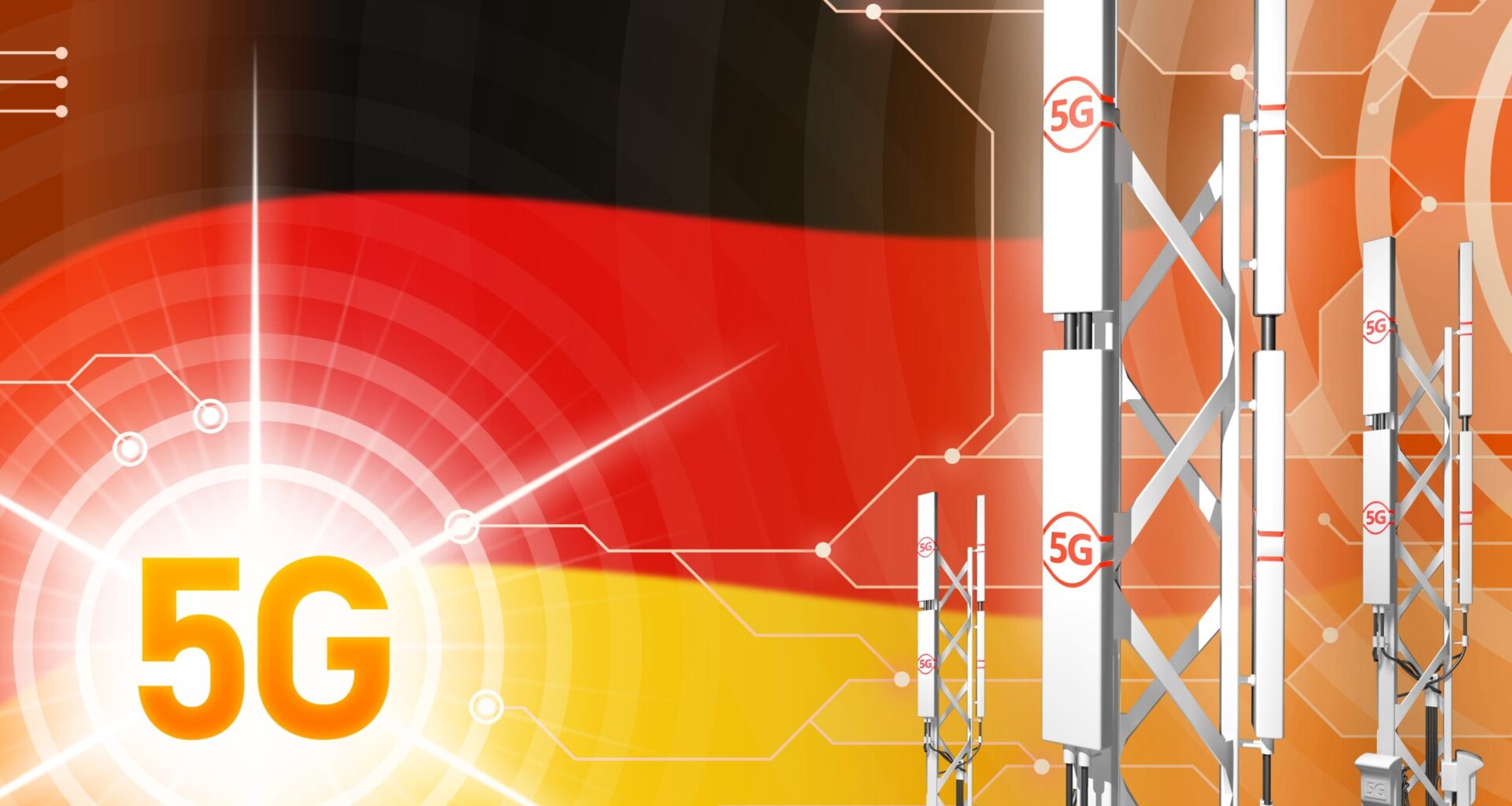Regulators across Europe are shifting away from theoretical signal maps toward real-world, experience-based coverage metrics
The Federal Network Agency (BNetzA) is introducing a uniform measurement procedure for monitoring mobile communications coverage in Germany. The core of the new measurement concept is measurement by eight smartphones with uniform software. The focus is on the data on voice telephony and the available data rates. On test drives through defined areas, four devices test the quality of voice telephony.
The other four measure the available data rates in the networks of the four mobile network operators. The measurement series are controlled and recorded via a cloud-based application.
“Our goal is to noticeably improve mobile coverage for people all over the country. With the measurement concept, the Federal Network Agency is creating the methodological basis for recording network coverage from the perspective of the users,” said federal minister for digital affairs and state modernisation Dr Karsten Wildberger. “This information is important in order to further improve the framework conditions for grid expansion. The Digital Ministry is providing the necessary funds for this.”
Until now, the measurements have been carried out with scanners, which primarily record the strength of a radio signal on site. With the measurement with end devices, the actual possible data rate for the users is collected.
The new measurement concept is also open to third parties. States, municipalities and service providers can use the measurement concept to commission their own measurements. They can exchange the results with the Federal Network Agency and thus expand the nationwide data situation. Minimum requirements have been defined for this purpose so that the measurement data are comparable.
“In the future, we will measure the quality of mobile coverage from the user’s point of view. The measurements give us a more accurate impression of how the expansion of the grids in Germany is progressing,” added Federal Network Agency president Klaus Müller. “So far, we have measured the strength of the radio signal. In the future, we will record the data rates and reliability of voice telephony. Our new concept is also open to third parties and can establish itself as a uniform method for measuring mobile phone coverage.”
For a later date, it is planned to add a backpack setup to the system. Then areas that cannot be reached with measuring vehicles can be checked. Indoor measurements would also be possible with it. Implementations for measurements along waterways are also being considered. The regulator pointed out that by implementing this, it was delivering an important component of the “measurement package” from the Federal Government’s Gigabit Strategy 2022.
Real mobile coverage
In late May, the European Commission published a public consultation on a draft methodology focused on 5G quality of service (QoS) across the EU. Unlike traditional signal strength or coverage maps, this method aims to capture user-perceived quality, including speed and reliability. The proposal leans toward combining predicted QoS with actual performance metrics, enabling standardised comparison across member states and better informing funding and policy decisions. The consultation closed on 27 June so it will be interesting to see the outcomes.
In the UK, last month Ofcom launched a new interactive postcode-level tool that uses crowd-sourced performance data from user devices, combined with operator-provided coverage and feedback, to show real-world 4G/5G performance down to 50 sqm resolution in some postcodes. The move was part of the UK regulator overhauling its coverage checker.
The German regulator reckons new measures will underscore actual progress in network expansion rather than just raw coverage percentages. Despite all the good noises from operators, the regulator’s latest annual report suggests only 10% of mobile data traffic is 5G in the country.
The network operators are obliged to report to the Federal Network Agency on the expansion of their mobile networks. With the new measurement procedure in place, the regulator said it can check the information and determine possible deviations.
